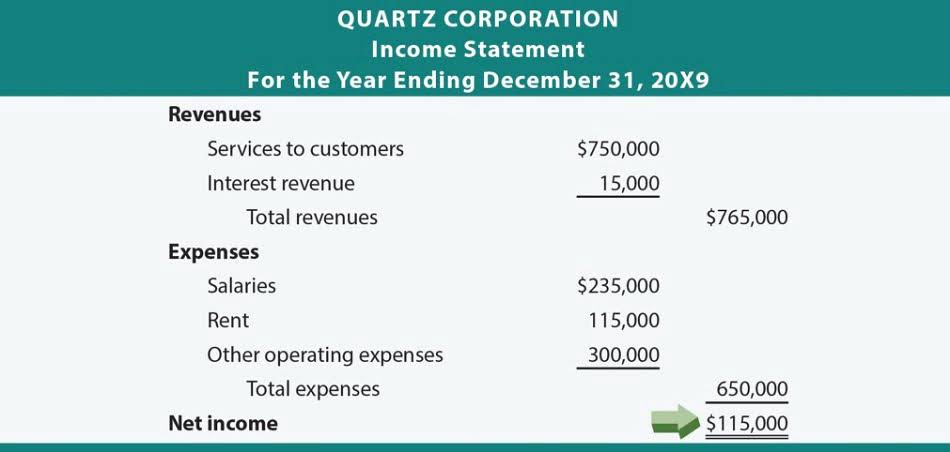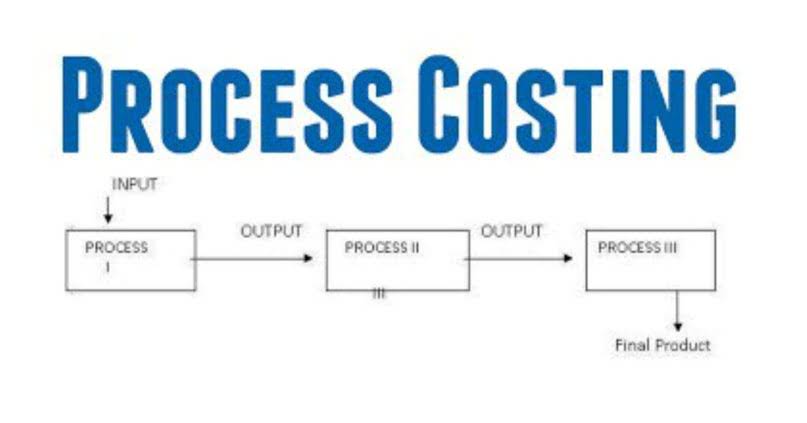
According to the matching principle, both the commission fees (expenses) and cosmetic sales (related revenue) must be recorded in the same accounting period. Accrual accounting is based on the matching principle, which defines how and when businesses adjust the balance sheet. If there is no cause-and-effect relationship leading to future related revenue, then the expenses can be recorded immediately without adjusting entries. If the costs are expected to have no future benefit beyond the current accounting period then the full amount should be immediately recognized as an expense. Expenses of this type include items such as the production costs relating to faulty goods which cannot be sold, research costs and general expenses.
Financial
The principle is based on the accrual accounting method, which records transactions when they occur, not when the cash is received or paid. Under accrual accounting, revenues and expenses are recognized when they are earned or incurred, not necessarily when the cash changes hands. This contrasts with cash accounting, which records transactions only when the cash is received or paid. The Matching Principle is a crucial aspect of accrual accounting that ensures financial statements accurately reflect a company’s financial performance.

First Month Bookkeeping Free !
The matching principle contributes to a more accurate picture of a company’s financial performance over time. The matching principle helps to avoid overstatement or understatement of a company’s profitability by recognising expenses in the same period as the revenue they help to generate. Revenue recognition refers to the accounting rules that determine when revenue should be recorded.

What are Generally Accepted Accounting Principles (GAAP)?
It states that expenses should be recognized and matched with the revenues they helped generate during the same accounting period. This principle ensures that the financial statements accurately reflect the relationship between the costs incurred to generate revenue and the resulting income. The matching principle in accounting is a key concept in financial reporting that ensures a company’s expenses are recognized in the same accounting period as the revenue they helped generate.
Embedded within the principles of accrual accounting, the concept dictates that expenses should be recognized in the same period as the revenues they help generate. Uncertainty arises when the outcome of a transaction is uncertain, such as in cases of potential legal disputes or contingent liabilities. Timing differences occur when the recognition of revenue or expenses is spread over multiple accounting periods due to factors like long-term contracts or installment payments. Uncertainty makes it difficult to predict transaction outcomes, while timing differences can lead to discrepancies between cash flows and their recognition in financial statements. Adherence to the matching principle is not just good practice, it’s a requirement for all public companies under GAAP. The matching principle ensures that a company’s financial statements present a true and fair view of its financial health.
How the Matching Principle Matches Expenses and Revenues
- The next step is to decide which account will have the debit entry and which will have the credit entry.
- Expenses and liabilities should be recognized as soon as possible, even if uncertainty exists, while revenues and assets should only be recognized if they are certain.
- The matching principle is based on the notion that income should be recognised as it is earned and expenses as they are incurred.
- Determining when expenses should be recognized may involve subjectivity, leading to inconsistencies in financial reporting.
- While the matching principle accounting accurately represents the finances of the organisation, it often misses the effects of inflation.
Per the matching principle, expenses are recognized once the income resulting from the expenses is recognized and “earned” under accrual accounting standards. If an expense is not directly tied to revenues, the expense matching principle accounting definition should be reported on the income statement in the accounting period in which it expires or is used up. If the future benefit of a cost cannot be determined, it should be charged to expense immediately. It should be mentioned though that it’s important to look at the cash flow statement in conjunction with the income statement.

How the matching concept in accounting works
Shaun Conrad is a Certified Public Accountant and CPA exam expert with a passion for teaching. After almost a decade of experience in public accounting, he created MyAccountingCourse.com to help people learn accounting & finance, pass the CPA exam, and start their career. Sometimes store can’t collect the money and have to write off the receivable as a bad debt because it will never be collected. To ensure you’re recognizing revenue correctly, you might dive into our on-demand webinar, “Stop the Cash Leakage! Extend Your Liquidity Runway by Optimizing the Invoice to Cash Process.” It’s got insights on sealing up those leaks. But by utilizing depreciation, the Capex amount is allocated evenly until the PP&E balance reaches zero by the end of Year 10.
- Selling on credit and projects that provide revenue streams over a long period affect a company’s financial condition at the time of a transaction.
- We’re going to look at what is the matching principle, why you need to understand it and an example.
- Per the matching principle, expenses are recognized once the income resulting from the expenses is recognized and “earned” under accrual accounting standards.
- Similarly, cash paid for goods and services not received by the end of the accounting period is added to prepayments.
Revenue Reconciliation
– Bajor Art Studio produces picture income summary frames and sells them to wholesalers like Michaels and Hobby Lobby. Bajor pays its employees $20 an hour and sells every frame produced by its employees. Since the payroll costs can be directly linked back to revenue generated in the period, the payroll costs are expensed in the current period. Learn how AI-powered bookkeeping solutions help you minimize errors and ensure accurate financial reporting.
- The matching principle seeks to create a correlation between revenues and expenses by ensuring that all revenue earned in an accounting period is also recorded as an expense for that same period.
- Revenues must be recognized when the entity believes that it has earned those revenues by fulfilling its part of the obligation and that the other party will also fulfill its obligation in terms of payment.
- It requires companies to record expenses in the same reporting period as the related revenue.
- The matching principle of accounting dictates that expenses should be recognized in the same period as the corresponding revenue they generate.
- Adjustments to contracts, evolving project scopes, and various degrees of customer involvement add layers of difficulty.
- This does not mean that everything in the accounts needs to be treated the same by every entity.
- According to the matching principle, the machine cost should be matched with the revenues it creates.
Eliminating Intercompany Transactions in Consolidated Accounting

The mismatch in timing makes the implementation of https://www.bookstime.com/ the matching principle difficult. For instance, if a tutoring service provides sessions in March but receives payment in April, both the revenue and any incurred expenses should be recognized in March, adhering to the matching principle. It is essential for businesses to understand and implement the matching principle in their financial reporting especially given their compliance with GAAP.
